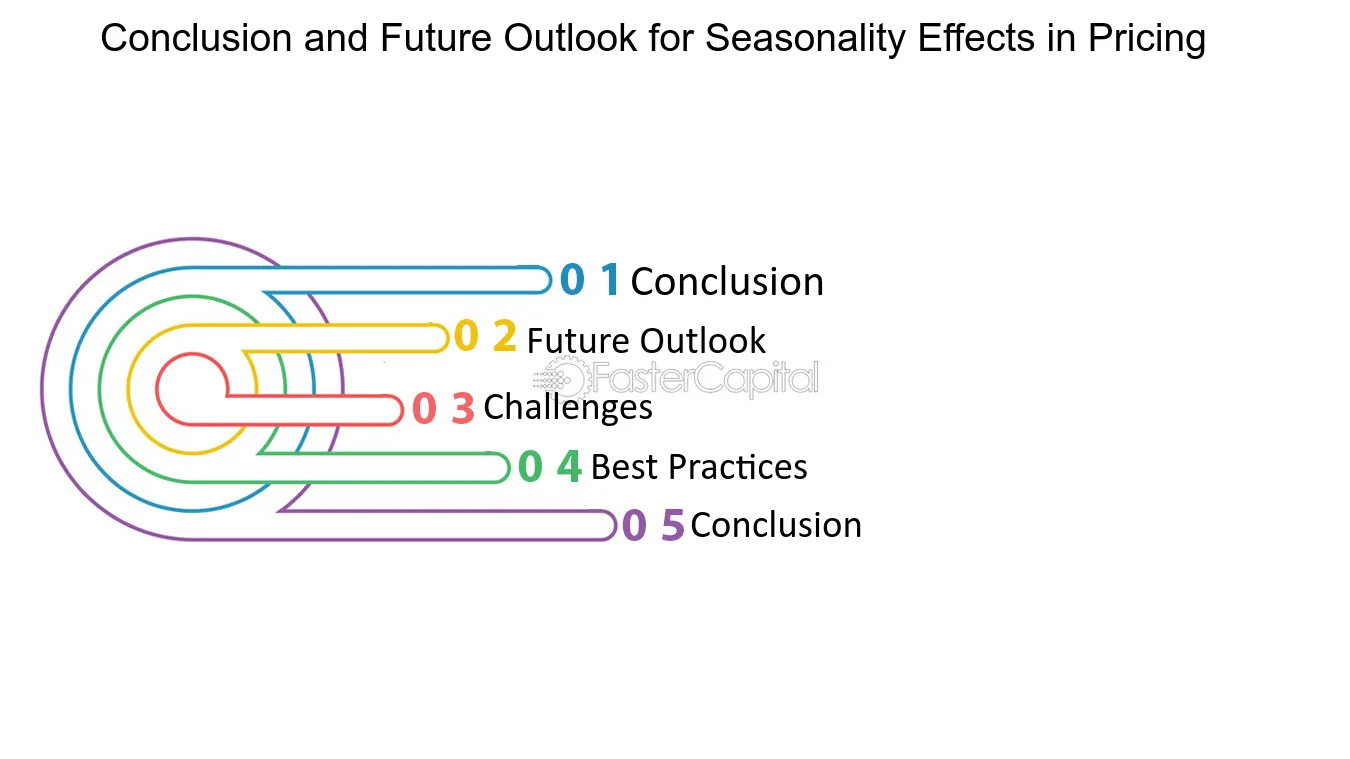Did you know that the futures market is often described as a high-stakes poker game, where the players can’t see each other’s cards? In this article, we dive into the key factors influencing futures market prices, including supply and demand dynamics, speculation, interest rates, and economic indicators. We’ll explore how geopolitical events and weather patterns can sway agricultural futures, as well as the impact of currency fluctuations and market sentiment. Additionally, we’ll discuss the significance of trading volume, government policies, seasonal trends, the cost of storage, and the relationship between spot and futures prices. Finally, we’ll touch on how technological advancements are shaping futures trading. Stay tuned as DayTradingBusiness unravels the complexities of futures pricing to enhance your trading strategies.
What are the key factors influencing futures market prices?
Key factors influencing futures market prices include supply and demand dynamics, geopolitical events, economic indicators, interest rates, and market speculation. Seasonal trends also play a role, affecting agricultural commodities. Additionally, currency fluctuations impact pricing for international contracts. Lastly, changes in government policies or regulations can significantly sway futures prices.
How do supply and demand affect futures prices?
Supply and demand directly influence futures prices by determining how much of an asset is available and how much buyers want it. When demand exceeds supply, prices rise as buyers compete for limited contracts. Conversely, when supply outstrips demand, prices fall as sellers lower prices to attract buyers. Market expectations about future supply and demand shifts—like weather changes for crops or geopolitical events for oil—can also cause volatility in futures prices.
What role does speculation play in futures pricing?
Speculation significantly influences futures pricing by driving demand and supply dynamics. Speculators buy and sell contracts based on their predictions of future price movements, which can lead to price volatility. Their actions can create trends, as increased buying pressure raises prices, while selling can depress them. This speculative behavior adds liquidity to the market, allowing for more efficient price discovery. Ultimately, speculation can amplify price movements, reflecting not just current fundamentals but also market sentiment and expectations.
How do interest rates impact futures market prices?
Interest rates impact futures market prices by influencing the cost of carrying underlying assets. Higher interest rates increase financing costs, making futures contracts less attractive, which can lead to lower prices. Conversely, lower interest rates reduce carrying costs, potentially boosting futures prices. Additionally, interest rates affect currency values and economic expectations, further impacting demand for futures contracts.
What is the significance of economic indicators in futures trading?
Economic indicators are crucial in futures trading as they provide insights into market trends and potential price movements. Key indicators like GDP growth, unemployment rates, and inflation inform traders about the overall economic health. For instance, rising unemployment may lead to lower consumer spending, negatively impacting commodity prices. Additionally, reports like the Consumer Price Index (CPI) can signal inflationary pressures, influencing interest rates and futures prices. Traders use these indicators to make informed decisions, strategize trades, and manage risks effectively.
How do geopolitical events influence futures prices?
Geopolitical events can significantly influence futures prices by affecting supply and demand dynamics. For example, conflicts can disrupt production or transportation of commodities, leading to scarcity and higher prices. Sanctions may limit exports, causing prices to spike. Additionally, political instability can create uncertainty, prompting investors to react by buying or selling futures contracts, which directly impacts market prices. In essence, geopolitical tensions can shift market sentiment and alter trading strategies, ultimately affecting the pricing of futures contracts.
What are the effects of weather on agricultural futures?

Weather significantly impacts agricultural futures by affecting crop yields and supply. Extreme conditions like droughts or floods can lead to lower production, driving prices up. Conversely, favorable weather can boost yields, potentially lowering prices as supply increases. Seasonal changes also influence planting and harvesting times, impacting market timing and availability. Overall, weather patterns are crucial in determining the volatility and direction of agricultural futures prices.
How do currency fluctuations impact futures markets?
Currency fluctuations impact futures markets by affecting the cost of importing and exporting goods. When a currency weakens, it makes exports cheaper and imports more expensive, potentially increasing demand for futures contracts on those commodities. Conversely, a stronger currency can lead to reduced demand. Additionally, currency volatility can influence investor sentiment, driving speculation and altering price expectations in futures markets. Overall, changes in exchange rates can significantly affect commodity pricing and trading strategies.
What Factors Influence Futures Prices in Day Trading?

Futures in day trading are contracts to buy or sell an asset at a predetermined price on a specific date. Factors influencing futures market prices include supply and demand dynamics, economic indicators, interest rates, geopolitical events, and market sentiment.
Learn more about: What Are Futures in Day Trading?
What role do futures contracts specifications play in pricing?
Futures contract specifications, such as contract size, expiration date, and underlying asset details, directly influence pricing by determining supply and demand dynamics. For example, larger contract sizes can lead to more significant price fluctuations, while expiration dates affect liquidity and market activity. Additionally, the specific terms can impact hedging strategies and speculative behavior, both of which play crucial roles in price formation.
How does market sentiment affect futures prices?
Market sentiment significantly affects futures prices by influencing traders' expectations and behaviors. When sentiment is bullish, traders are more likely to buy futures contracts, driving prices up. Conversely, bearish sentiment leads to selling pressure, causing prices to drop. News, economic indicators, and geopolitical events can sway sentiment, leading to rapid price fluctuations. Overall, market sentiment acts as a key driver in determining the direction of futures prices.
What is the impact of trading volume on futures pricing?
Trading volume impacts futures pricing by reflecting market activity and liquidity. Higher trading volume typically indicates greater interest and can lead to tighter bid-ask spreads, making it easier for traders to enter and exit positions. Increased volume often signals stronger price trends, as it suggests that more participants are backing a price move. Conversely, low volume can lead to more volatile price swings and less reliable price signals. Overall, trading volume helps gauge market sentiment and can influence futures prices significantly.
How do government policies influence futures markets?
Government policies influence futures markets through regulations, subsidies, tariffs, and monetary policy. For example, changes in agricultural subsidies can impact crop futures prices by altering supply incentives. Tariffs can affect commodity prices by changing trade dynamics. Additionally, monetary policy decisions, like interest rate adjustments, can influence investor behavior and market liquidity, impacting futures prices. Overall, these policies shape market expectations and trading strategies.
What are the effects of seasonal trends on futures prices?

Seasonal trends significantly impact futures prices by influencing supply and demand dynamics. For example, agricultural commodities often see price fluctuations based on harvest cycles; prices may rise before harvest due to anticipated shortages and fall after harvest when supply increases. Energy futures, like heating oil, can spike in the winter due to higher demand, while prices may dip in warmer months. Additionally, seasonal weather patterns can lead to volatility, affecting production levels and ultimately shaping market prices. Understanding these trends helps traders anticipate price movements effectively.
How does the cost of storage affect commodity futures?
The cost of storage directly impacts commodity futures by influencing supply and demand dynamics. Higher storage costs can lead to increased futures prices, as traders factor in these expenses when assessing the value of holding a commodity. Conversely, lower storage costs might encourage more stockpiling, potentially leading to reduced futures prices. Overall, storage costs affect the carry trade, where traders decide whether to sell now or hold for future delivery, thus shaping market expectations and pricing.
What is the relationship between the spot market and futures prices?
The relationship between the spot market and futures prices is primarily based on the concept of arbitrage. Spot prices reflect the current market value of an asset, while futures prices indicate what that asset is expected to cost at a future date. If futures prices are higher than spot prices, it suggests a premium for holding the asset over time, often due to factors like storage costs or expected demand. Conversely, if futures prices are lower, it may indicate a bearish outlook on the asset. Traders monitor this relationship closely to make informed decisions, capitalizing on price discrepancies to maximize profits.
How do technological advancements impact futures trading?
Technological advancements impact futures trading by increasing efficiency, improving data analysis, and enhancing accessibility. High-frequency trading algorithms allow traders to execute orders faster, while advanced analytics tools help in predicting market trends. Additionally, online trading platforms have made it easier for individual investors to participate, increasing market liquidity. These factors collectively lead to more informed trading decisions and can cause rapid price fluctuations in the futures market.
Conclusion about Factors Influencing Futures Market Prices
In conclusion, understanding the multitude of factors that influence futures market prices is essential for successful trading. From supply and demand dynamics to the effects of geopolitical events and economic indicators, each element plays a crucial role in shaping market behavior. Additionally, considering aspects like market sentiment, trading volume, and technological advancements can enhance your trading strategies. For those looking to deepen their knowledge and improve their trading decisions, resources from DayTradingBusiness can provide valuable insights and guidance.